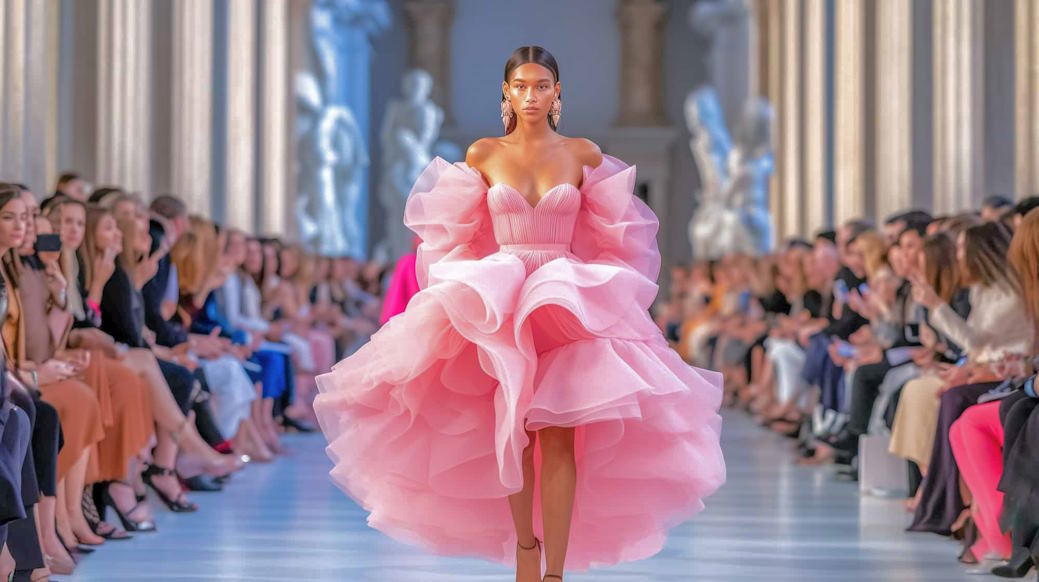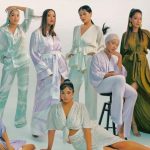Setting the stage for innovation and sartorial brilliance, fashion events serve as pivotal platforms where designers, models, industry insiders, and fashion enthusiasts converge to celebrate the artistry of apparel. Behind the scenes, however, lies a labyrinth of decision-making, coordination, and artistic exploration, as organizers navigate the intricate process of bringing their vision to fruition. From selecting a compelling theme to orchestrating the intricate details of production, the journey from concept to runway is an exhilarating voyage, filled with challenges, triumphs, and moments of sheer inspiration.
Planning and Organization: Crafting the Foundation for Fashion Excellence
Formation of Creative Team and Roles
Behind every successful fashion event lies a dynamic and dedicated creative team, each member contributing their unique expertise to bring the vision to life. From seasoned event planners to visionary designers, assembling the right talent is paramount. Key roles such as creative director, production manager, stylist, and PR coordinator are meticulously assigned, ensuring that every aspect of the event receives the attention it deserves. Collaboration and communication within the team lay the groundwork for seamless execution, fostering an environment where creativity thrives and ideas flourish.
Budgeting and Financial Planning
Effective budgeting and financial planning are the cornerstones of a well-executed fashion event. Establishing a realistic budget early in the planning process allows for informed decision-making and prevents overspending. From venue rental fees to production costs and marketing expenses, every aspect of the event must be carefully accounted for. Collaborating with sponsors, partners, and stakeholders can help alleviate financial burdens while maximizing resources. By staying vigilant and adaptable, organizers can navigate financial challenges with confidence, ensuring that the event remains financially viable without compromising on quality.

Design and Production: Crafting Fashion Masterpieces
Sketching and Design Development
At the heart of every fashion event lies the creative process of sketching and design development. Here, designers transform their ideas into tangible expressions of artistry, sketching intricate silhouettes, exploring color palettes, and conceptualizing innovative concepts. These initial sketches serve as the blueprint for the collection, guiding designers through the iterative process of refinement and experimentation. From avant-garde couture to minimalist elegance, each sketch breathes life into the designer’s vision, laying the foundation for a collection that captivates and inspires.
Fabric Sourcing and Material Acquisition
Fabric sourcing and material acquisition are integral components of the design and production process, influencing the texture, drape, and quality of the final garments. Designers scour fabric markets, textile fairs, and specialty suppliers in search of the perfect materials to bring their vision to fruition. Whether it’s luxurious silks, sumptuous velvets, or innovative sustainable fabrics, the selection of materials plays a pivotal role in defining the aesthetic and craftsmanship of the collection. Through meticulous research and discerning taste, designers curate a diverse array of fabrics that harmonize with their design concept, ensuring that every garment embodies a sense of luxury and refinement.

Marketing and Promotion: Building Buzz and Excitement
Creating Marketing Materials (e.g., Lookbooks, Invitations)
The creation of compelling marketing materials is essential for generating anticipation and excitement surrounding a fashion event. From captivating lookbooks that showcase the collection’s key pieces to elegant invitations that set the tone for the occasion, every detail plays a crucial role in shaping the event’s narrative. Designers collaborate with graphic designers, photographers, and copywriters to craft visually stunning materials that capture the essence of the collection and entice attendees to experience it firsthand.
Social Media Strategy and Campaigns
In today’s digital age, a robust social media strategy is indispensable for reaching a global audience and building buzz around a fashion event. Organizers leverage platforms like Instagram, Facebook, and Twitter to engage with followers, share behind-the-scenes glimpses, and unveil sneak peeks of the collection. Strategic use of hashtags, sponsored content, and influencer partnerships amplifies the event’s reach, driving traffic to the event website and increasing ticket sales.


